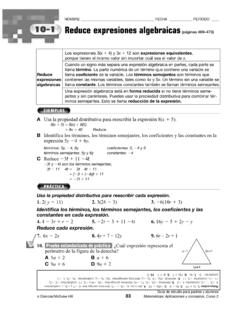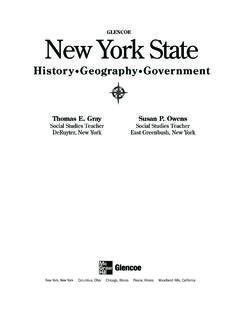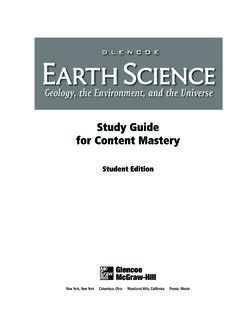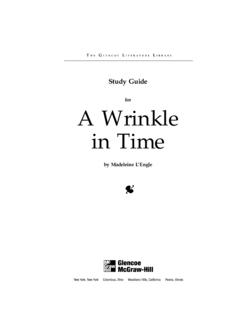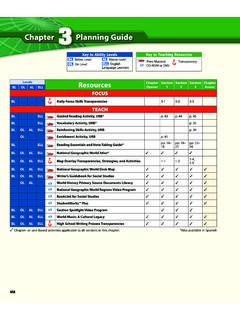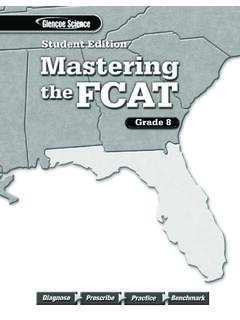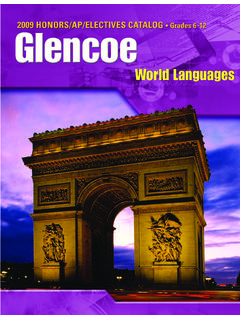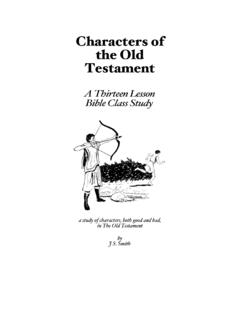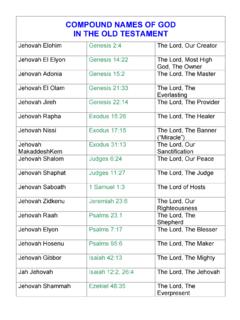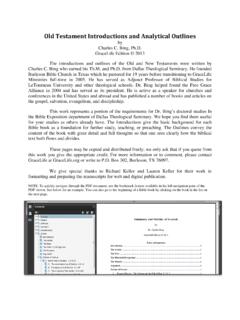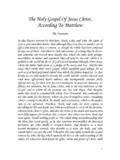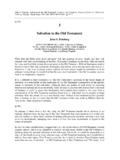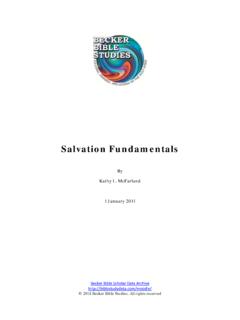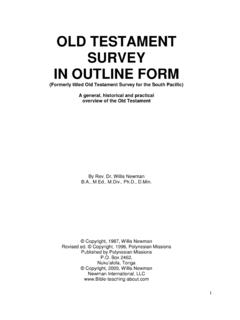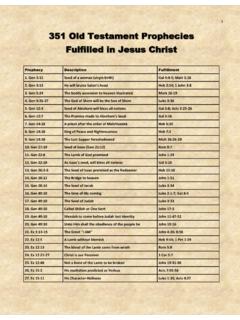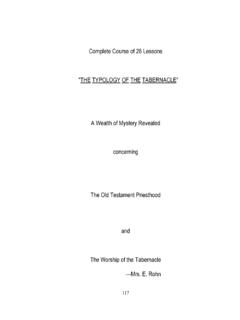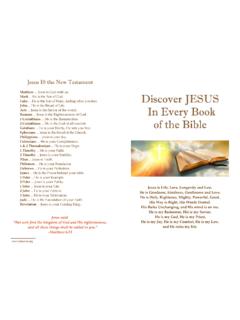Transcription of Reading Essentials and Study Guide - Student Edition
1 Student WORKBOOK. California Reading Essentials and Study Guide TO THE Student . The California Reading Essentials and Study Guide accompanies the Student textbook Discovering Our Past: Ancient Civilizations. This book- let is designed to help you use recognized Reading strategies to improve your Reading -for-information skills. For each section of the Student textbook, you are alerted to key content and academic terms. Then, you are asked to draw from prior knowledge, organize your thoughts with a graphic organizer, and follow a process to read and understand the text. The California Reading Essentials and Study Guide was prepared to help you get more from your textbook by Reading with a purpose. Using this Study tool will also help you learn the California stan- dards for World History and Geography: Ancient Civilizations. The standards that apply to a given section are listed on the first page of that section. Copyright by The McGraw-Hill Companies, Inc.
2 All rights reserved. Permission is granted to reproduce the material contained herein on the condition that such material be reproduced only for classroom use;. be provided to students, teachers, and families without charge; and be used solely in conjunction with Discovering Our Past: Medieval and Early Modern Times. Any other reproduction, for use or sale, is prohibited without written permission from the publisher. Send all inquiries to: Glencoe/McGraw-Hill 8787 Orion Place Columbus, OH 43240-4027. ISBN 0-07-870308-5. Printed in the United States of America 1 2 3 4 5 6 7 8 9 10 009 09 08 07 06 05. Table of Contents To the Student ii Grade 6 California Standards v Chapter 1 The First Civilizations Section 1-1 Early Humans 1. Section 1-2 Mesopotamian Civilization 7. Section 1-3 New Empires 13. Chapter 2 Ancient Egypt and Kush Section 2-1 The Nile Valley 17. Section 2-2 Egypt's Old Kingdom 24. Section 2-3 The Egyptian Empire 28. Section 2-4 The Civilization of Kush 33.
3 Chapter 3 The Ancient Israelites Section 3-1 The First Israelites 37. Section 3-2 The Kingdom of Israel 41. Section 3-3 The Growth of Judaism 45. Chapter 4 Early India Section 4-1 India's First Civilizations 52. Section 4-2 Hinduism and Buddhism 58. Section 4-3 India's First Empires 63. Chapter 5 Early China Section 5-1 China's First Civilizations 69. Section 5-2 Life in Ancient China 75. Section 5-3 The Qin and Han Dynasties 82. Chapter 6 Ancient Americas Section 6-1 The First Americans 88. Section 6-2 The Mayan People 92. Chapter 7 The Ancient Greeks Section 7-1 The Early Greeks 96. Section 7-2 Sparta and Athens 102. Section 7-3 Persia Attacks the Greeks 107. Section 7-4 The Age of Pericles 112. iii Table of Contents Chapter 8 Greek Civilization Section 8-1 The Culture of Ancient Greece 120. Section 8-2 Greek Philosophy and History 126. Section 8-3 Alexander the Great 130. Section 8-4 The Spread of Greek Culture 134. Chapter 9 The Rise of Rome Section 9-1 Rome's Beginnings 138.
4 Section 9-2 The Roman Republic 142. Section 9-3 The Fall of the Republic 148. Section 9-4 The Early Empire 153. Chapter 10 Roman Civilization Section 10-1 Life in Ancient Rome 158. Section 10-2 The Fall of Rome 164. Section 10-3 The Byzantine Empire 171. Chapter 11 The Rise of Christianity Section 11-1 The First Christians 177. Section 11-2 The Christian Church 184. Section 11-3 The Spread of Christian Ideas 190. iv Standards World History and Geography: Ancient Civilizations Grade 6 Standards Students describe what is known through archaeological studies of the early physical and cultural development of humankind from the Paleolithic era to the agricultural revolution. Describe the hunter-gatherer societies, including the development of tools and the use of fire. Identify the locations of human communities that populated the major regions of the world and describe how humans adapted to a variety of environments. Discuss the climatic changes and human modifications of the physical environment that gave rise to the domestication of plants and animals and new sources of clothing and shelter.
5 Students analyze the geographic, political, economic, religious, and social structures of the early civilizations of Mesopotamia, Egypt, and Kush. Locate and describe the major river systems and discuss the physical settings that supported permanent settlement and early civilizations. Trace the development of agricultural techniques that permitted the production of economic surplus and the emergence of cities as centers of culture and power. Understand the relationship between religion and the social and political order in Mesopotamia and Egypt. Know the significance of Hammurabi's Code. Discuss the main features of Egyptian art and architecture. Describe the role of Egyptian trade in the eastern Mediterranean and Nile valley. Understand the significance of Queen Hatshepsut and Ramses the Great. Identify the location of the Kush civilization and describe its political, commercial, and cultural relations with Egypt. Trace the evolution of language and its written forms.
6 V Standards Students analyze the geographic, political, economic, religious, and social structures of the Ancient Hebrews. Describe the origins and significance of Judaism as the first monotheistic religion based on the concept of one God who sets down moral laws for humanity. Identify the sources of the ethical teachings and central beliefs of Judaism (the Hebrew Bible, the Commentaries): belief in God, observance of law, practice of the concepts of righteousness and justice, and importance of Study ; and describe how the ideas of the Hebrew traditions are reflected in the moral and ethical traditions of Western civilization. Explain the significance of Abraham, Moses, Naomi, Ruth, David, and Yohanan ben Zaccai in the development of the Jewish religion. Discuss the locations of the settlements and movements of Hebrew peoples, including the Exodus and their movement to and from Egypt, and outline the significance of the Exodus to the Jewish and other people.
7 Discuss how Judaism survived and developed despite the continuing dispersion of much of the Jewish population from Jerusalem and the rest of Israel after the destruction of the second Temple in 70. Students analyze the geographic, political, economic, religious, and social structures of the early civilizations of Ancient Greece. Discuss the connections between geography and the development of city-states in the region of the Aegean Sea, including patterns of trade and commerce among Greek city-states and within the wider Mediterranean region. Trace the transition from tyranny and oligarchy to early democratic forms of government and back to dictatorship in ancient Greece, including the significance of the invention of the idea of citizenship ( , from Pericles' Funeral Oration). State the key differences between Athenian, or direct, democracy and representative democracy. Explain the significance of Greek mythology to the everyday life of people in the region and how Greek literature continues to permeate our literature and language today, drawing from Greek mythology and epics, such as Homer's Iliad and Odyssey, and from Aesop's Fables.
8 Vi Standards Outline the founding, expansion, and political organization of the Persian Empire. Compare and contrast life in Athens and Sparta, with emphasis on their roles in the Persian and Peloponnesian Wars. Trace the rise of Alexander the Great and the spread of Greek culture eastward and into Egypt. Describe the enduring contributions of important Greek figures in the arts and sciences ( , Hypatia, Socrates, Plato, Aristotle, Euclid, Thucydides). Students analyze the geographic, political, economic, religious, and social structures of the early civilizations of India. Locate and describe the major river system and discuss the physical setting that supported the rise of this civilization. Discuss the significance of the Aryan invasions. Explain the major beliefs and practices of Brahmanism in India and how they evolved into early Hinduism. Outline the social structure of the caste system. Know the life and moral teachings of the Buddha and how Buddhism spread in India, Ceylon, and Central Asia.
9 Describe the growth of the Maurya empire and the political and moral achievements of the emperor Asoka. Discuss important aesthetic and intellectual traditions ( , Sanskrit literature, including the Bhagavad Gita; medicine;. metallurgy; and mathematics, including Hindu-Arabic numerals and the zero). Students analyze the geographic, political, economic, religious, and social structures of the early civilizations of China. Locate and describe the origins of Chinese civilization in the Huang-He Valley during the Shang Dynasty. Explain the geographic features of China that made governance and the spread of ideas and goods difficult and served to isolate the country from the rest of the world. Know about the life of Confucius and the fundamental teachings of Confucianism and Daoism. Identify the political and cultural problems prevalent in the time of Confucius and how he sought to solve them. vii Standards List the policies and achievements of the emperor Shi Huangdi in unifying northern China under the Qin Dynasty.
10 Detail the political contributions of the Han Dynasty to the development of the imperial bureaucratic state and the expansion of the empire. Cite the significance of the trans-Eurasian silk roads in the period of the Han Dynasty and Roman Empire and their locations. Describe the diffusion of Buddhism northward to China during the Han Dynasty. Students analyze the geographic, political, economic, religious, and social structures during the development of Rome. Identify the location and describe the rise of the Roman Republic, including the importance of such mythical and historical figures as Aeneas, Romulus and Remus, Cincinnatus, Julius Caesar, and Cicero. Describe the government of the Roman Republic and its significance ( , written constitution and tripartite government, checks and balances, civic duty). Identify the location of and the political and geographic reasons for the growth of Roman territories and expansion of the empire, including how the empire fostered economic growth through the use of currency and trade routes.
